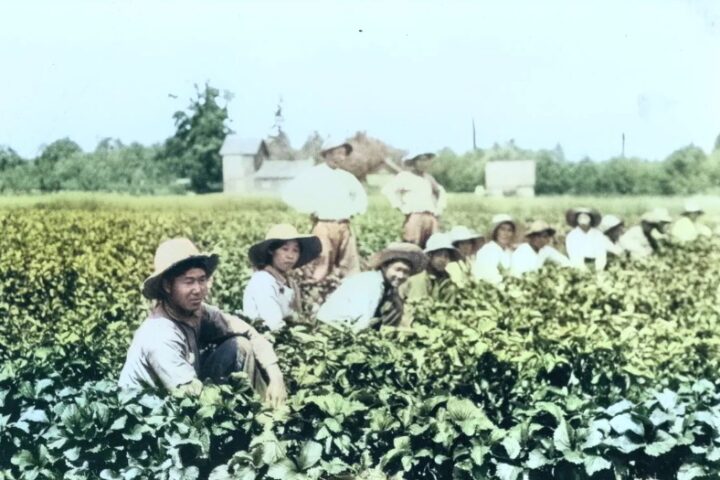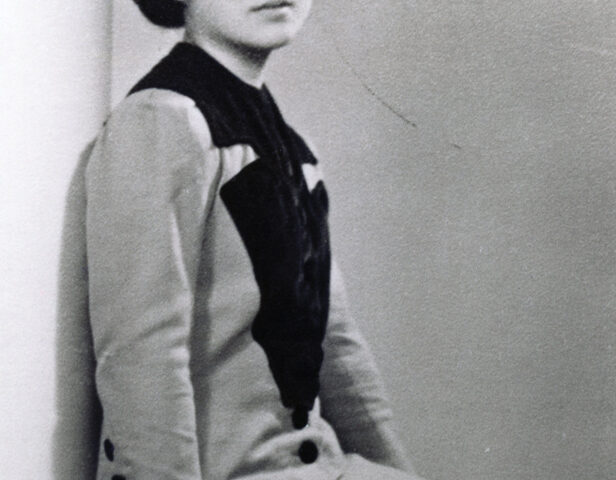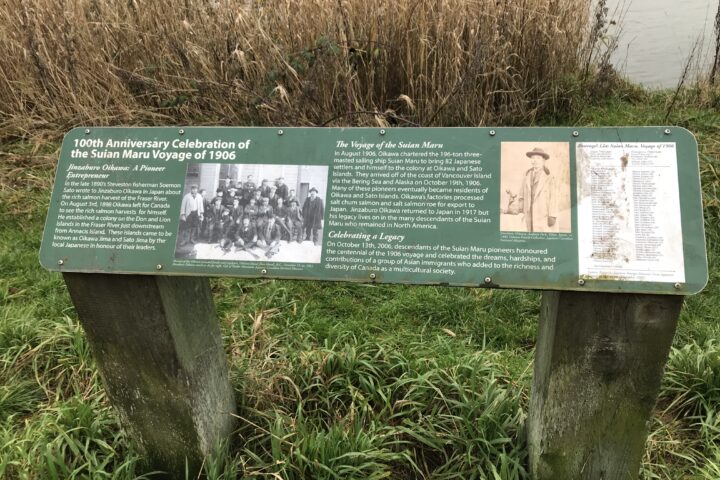In 2024, the National Association of Japanese Canadians (NAJC) is looking at geographic locations where Japanese Canadians lived after migrating to Canada, since the 1800s, and where they were interned/incarcerated in 1942.
The Story of Hastings Park
By Lorene Oikawa, Past President NAJC
When I was a child, my mom would take me to the PNE (Pacific National Exhibition) every summer. I remember wanting to go into the Livestock Building to see the petting zoo, but she would say it’s too dusty in there. My mom had allergies to dust and animals, so I didn’t think too much about it. And I was always distracted by all the other things to see and eat, like mini doughnuts. It was only as an adult when I learned the truth about the incarceration of my family and 22,000 Japanese Canadians, and the real reason she didn’t want to go into the Livestock Building.
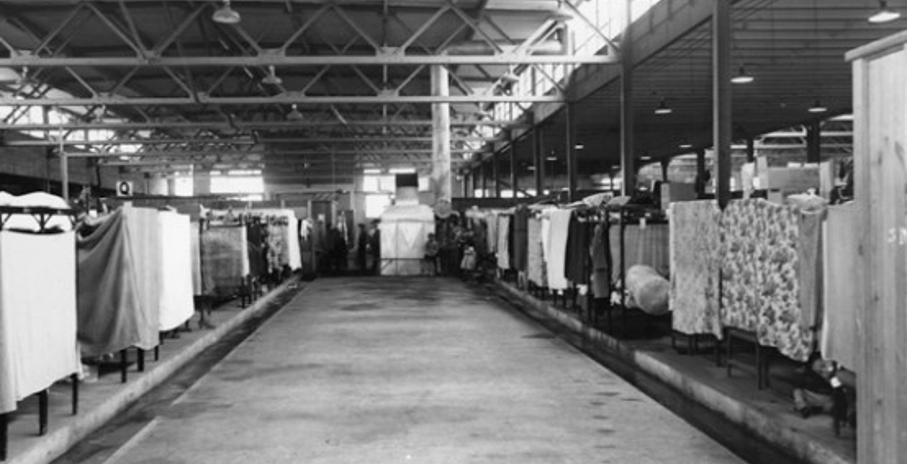
For those who grew up in the Metro Vancouver area, Hastings Park is better known as the PNE for the annual summer festival which ends on the Labour Day weekend signalling the start of school. Playland amusement park offers rides and carnival games. Hastings Racecourse previously known as Exhibition Park is the longest continuously used professional sports facility in Vancouver. Various events and concerts take place in the Pacific Coliseum, the Forum, and other buildings at Hastings Park.
The origin of the name, Hastings Park, is linked to Hastings Townsite which was at the end of Douglas Road from New Westminster, a port linked to other settlements. Hastings Townsite covered the area which includes Hastings Park, New Brighton Park and the area west for several blocks and the area east to Boundary Road and the area south of Hastings Street towards present day Kingsway.
The owner of Hastings Park wanted the park to be accessible to the public in perpetuity. In 1888, the province of BC, granted the land to the city in trust as part of the late owner’s will. In 1889 horse racing first started. In 1910, the PNE held its first exhibition. In 1926, an amusement park was opened. The Exhibition Building was torn down in the 1920s. The Showmart, Food Building, and Forum, large art deco concrete buildings, and a smaller building, the Garden Auditorium, were built to replace the Exhibition Building. The Forum was the leading indoor sports facility for hockey and lacrosse in 1936.
On December 7, 1941, Canada declared war on Japan and enacted the War Measures Act Order in Council PC 9591, registration with the Registrar of Enemy Aliens is required for all Japanese Nationals and naturalized Canadians. On December 8, 1,200 fishing boats owned by Japanese Canadians are impounded. Eight days later, all persons of Japanese ancestry are required to register under Order in Council PC 9760.
The issue of mandatory registration was previously debated in Parliament on February 17, 1941. Some politicians particularly from British Columbia had been attacking Japanese Canadians for years, promoting a false narrative of a “Japanese problem.” MPs Tom Reid, George Cruickshank, Howard Green, and A.W. Neil argued that Japanese Canadians were “potentially disloyal people.” Neill using a racial slur, said that “we in British Columbia are firmly convinced that once a J—always a J–.” Angus MacInnis called Neill’s words a “disgrace to Canada.” MacInnis was the only CCF Member of Parliament from BC. CCF is the Co-operative Commonwealth Federation which became the New Democratic Party in 1961.
On February 25, 1942, Prime Minister Mackenzie King formally announced the removal of all (about 22,000) Japanese Canadians for national security. “It is the policy of the government to use the powers of this order to take all necessary security measures to safeguard the defences of the Pacific coast of Canada for “reasons of national security.” The Canadian military and RCMP advised the government that there isn’t any evidence of any threat against national security. This information is not made public. Most of the Japanese Canadians are Canadian born.
On February 26, 1942, the Minister of Justice, empowered two days earlier, gives the order for all persons of “the Japanese race” to leave the coast. Some Japanese Canadian men, 18-45 years old have already been removed earlier in the month and sent to work in road camps in the Rockies or sent to the Angler Prisoner of War camp in Ontario. Cars, cameras, and radios are confiscated.
Many of the 22,000 Japanese Canadians live in the Greater Vancouver area. About 8,000 live in more remote locations along the coast and on Vancouver Island.
The PNE was taken over by the Department of National Defense for use by the BC Security Commission on March 1, 1942. This wasn’t the first time that the PNE was used for military purposes. The large exhibition buildings were used during the First World War.
About two weeks later March 16, 1942, the first group of Japanese Canadians arrive at Hastings Park. Humans are crammed into spaces where animals were living. Families were separated. Boys aged 13 to 18 were forced into the Rollerland Building. Men and boys over 18 were living in a sea of bunk beds in the Forum Building. Women including mothers with children and babies had to manage in the animal stalls in the Livestock Building.
Mary Kitagawa was a happy seven-year-old who was living on Salt Spring Island when her family and other Japanese Canadians, about 70, were shipped to Hastings Park. Her mother refused to enter the Livestock Barns when she was ordered by the RCMP officer, but she had no choice. Mary says, “The pungent smell of urine and feces seared our lungs. Thousands of metal bunkbeds greeted our unbelieving eyes. The inmates who were already there had sheets and blankets hung on the railing to create some privacy among strangers. It was noisy in there with children crying and elderly women weeping and sobbing. Each bunk had a bag filled with straw which was our mattress and two army blankets. Our toilet facility was the gutter that once washed away the animal wastes.” Mary and her family left after three weeks for an incarceration camp at Greenwood and then “to a sugar beet farm in Magrath, Alberta to reunite with our father who was released from a prison road building camp. Our journey through hell continued as we became slaves on a sugar beet farm as sharecroppers.”
Siblings George and Mae Doi were children who had to leave Royston (Vancouver Island) with their other siblings and parents with 24 hours notice and allowed to take only a few suitcases. They lived in the Livestock Building with their mother from spring until they left in September to live in a tent in Popoff.
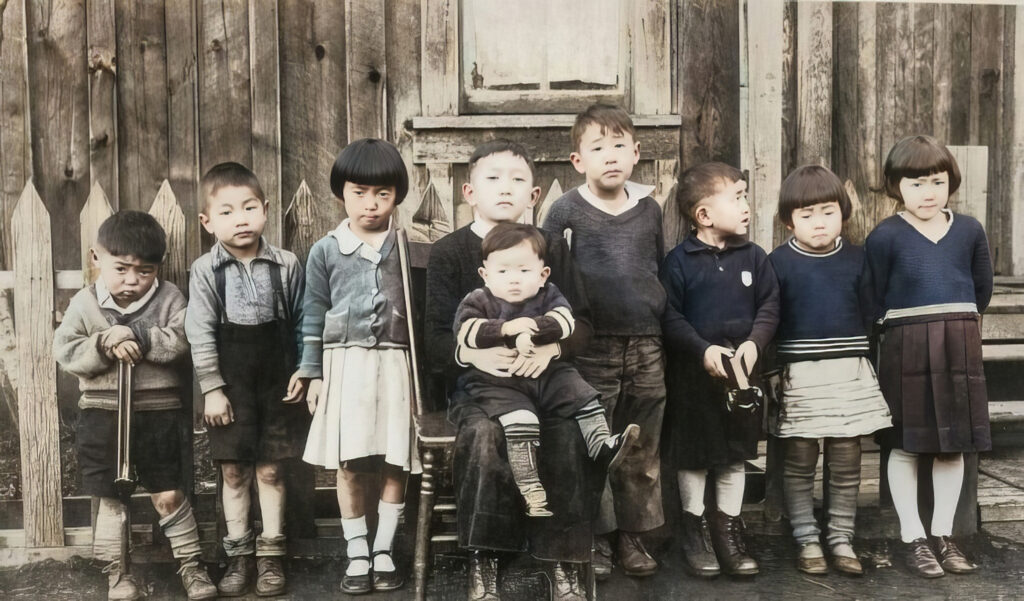
George Doi describes arriving at a holding pen. He said Hastings Park was “fenced all around and reinforced with three or four rows of barbed wire.” He says the “pungent odour of cow dung and urine was so powerful that it was unbearable…” He described how he and his friend “would climb up on the kitchen roof and look down an opening vent to find out what they were cooking.” “One day my friend and I looked down the vent opening to see what was on for supper. Sitting on a table beside the stove was a huge tin pan filled with ground-up hamburger. I looked at it for a few seconds because I thought I saw thin white things moving in the hamburger. The white stringy things were (I swear to this day) worms!”
Mary Kitagawa also commented that the food was so bad “that hundreds of people got diarrhea and food poisoning.”
Mae (née Doi) Oikawa says, “The food was horrible at Hastings Park. You had to line up near the fence with a tin plate. All these Caucasian people in the streetcars would stare at us while we were lined up.” “They gave us cold porridge. It was hard and lumpy… My mom used to go to a small store nearby. She used to buy us an orange and a doughnut… for breakfast. We never got sick, so I guess the vitamins in the orange helped.”
Sick children were forced to fend for themselves. Mary Ohara says, “When I got the mumps, I was secluded for ten days in an underground storage room that was dark and gloomy. There were lots of smaller kids there, and I had to babysit and comfort them, even though I was sick too.”
Beds for Tuberculosis (TB) patients were set up in the poultry section of the building. The Provincial Director of Tuberculosis Control at Vancouver General Hospital moved Japanese Canadian patients to Hastings Park to make more space for white patients at hospital wards. Dan Tokawa’s 22-year-old aunt, Haruno died in the Hastings Park hospital in December 1942. Dan shares his research, “In March 1943, 101 of 125 original TB patients boarded a train to a new sanitorium built at New Denver, B.C., therefore a dozen more deaths may remain unaccounted for. In March 1951, my 21-year-old, Vancouver born, Aunt Kazuko died of bronchial pneumonia at New Denver because she couldn’t return to Vancouver until at least April 1949, 3.5 years after WWII had ended.” The war ended in 1945, but some politicians pushed to extend the incarceration/internment of Japanese Canadians until 1949.
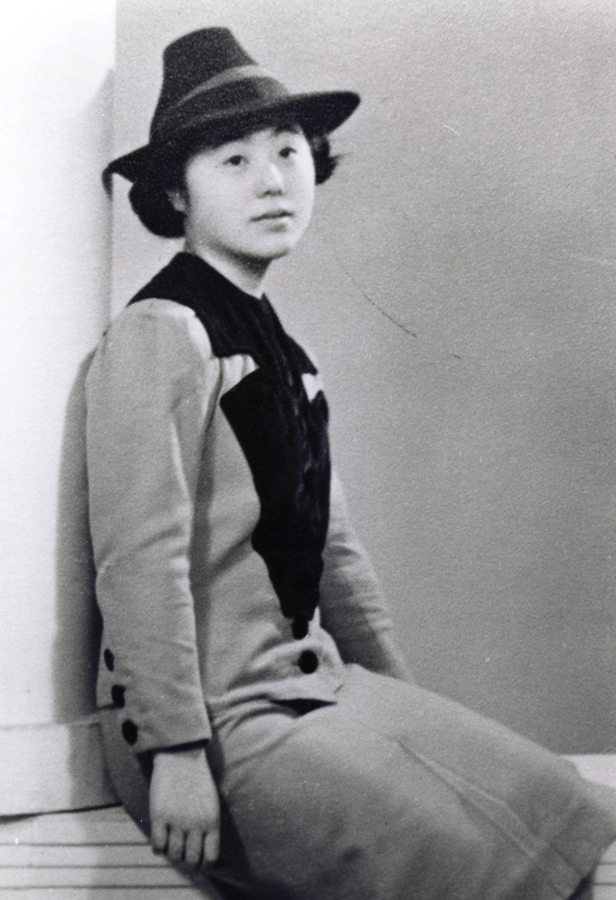
On September 1, 1942, the population at Hastings Park was 3,866 people. About 8,000 Japanese Canadians go through Hastings Park on their way to internment/incarceration camps and other locations. Hastings Park was officially closed on September 30, 1942, but the hospital remained open with 105 people. The hospital closed on March 31, 1943 when the remaining patients and medical staff travelled to New Denver where a new sanatorium was opened.
Reference: http://hastingspark1942.ca/
The Japanese Canadian Hastings Park Interpretive Centre Society (JCHPICS) is a registered non-profit organization. Its mission is to preserve the truths as experienced by Japanese Canadians wrongfully imprisoned in Hastings Park between March 1942 to March 1943. The original community group organized to get signage at Hastings Park and the JCHPICS was formed to plan and receive funds to build the Interpretive Centre.
The PNE has agreed to the Interpretive Centre being located at abandoned cafeteria space at the Livestock Building. JCHPICS is working on a phased approach to the building of the Interpretive Centre and entrance. Phase 1 will include the exterior interpretive entrance which will include the names of the approximately 8,000 Japanese Canadians who were at Hastings Park in 1942. Records are not always accurate, so please email us at JCHPICS2022@gmail.com with the correct spelling of the names for you and/or your family who were at Hastings Park in 1942.
http://hastingspark1942.ca/centre/

